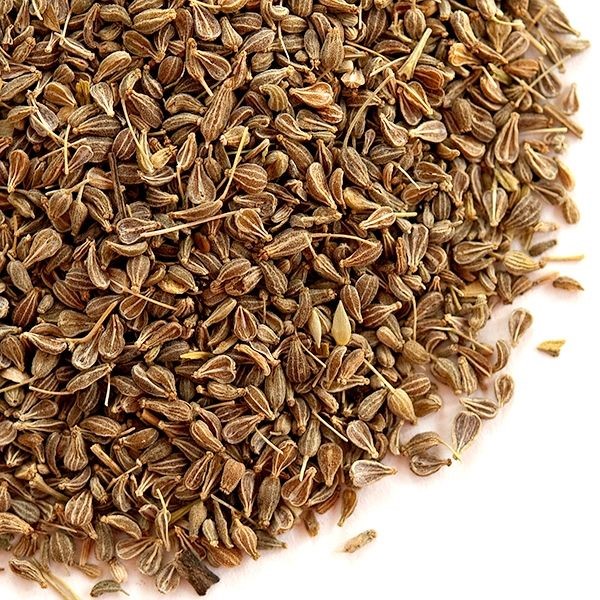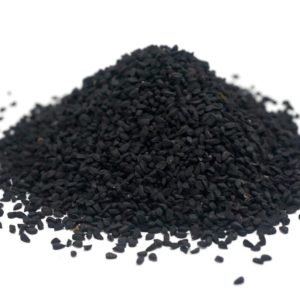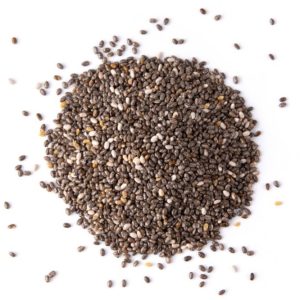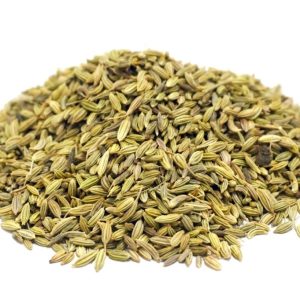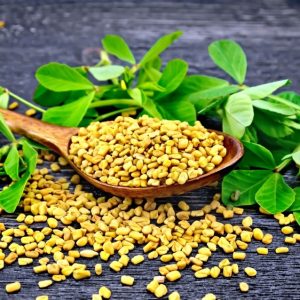Description
Specifications
Product Type
Seeds
English/Common Name
Aniseed, rarely anix
Botanical Name
Pimpinella anisum
Origin
Egypt
General Usage
Anise (Pimpinella anisum L., family Apiaceae) is an aromatic annual herb native to the eastern Mediterranean region and western Asia. Although the small fruit is incorrectly referred to as a seed, nonetheless, the fruit is commonly known as aniseed. When ripe and dried, it is the popular spice. Aniseed and its essential oil are used in traditional therapies, for example, for relief of coughs, respiratory congestion, migraines, gastrointestinal distress, and colic; for treatment of skin infections; as a tranquilizer and aphrodisiac; and to improve lactation. The clinical research has examined the efficacy of aniseed toward diabetes, dysmenorrhea, and menopausal hot flashes. Antioxidant, anti-inflammatory, and antimicrobial properties also were identified.
Overview
Pimpinella anisum, commonly known as aniseed, is one of the oldest species used by people, being cultivated in Egypt and later in Greece, Rome, and the Middle East. Anise has white flowers and yellow-brown or green-brown fruits, which contain not less than 2% (w/w) of essential oil. Egypt and Spain are the world’s biggest producers of this essential oil. Its fruits and essential oil are widely used in the food industry as a flavoring, antioxidant, ant spoilage agent, and preservative in many products, such as candies, sweets, toffees, and beverages. Many countries around the Mediterranean region, such as Turkey, Greece, Italy, Spain, and France, have traditional alcoholic beverages produced with P. anisum, such as anis, arak, pastis, ouzo, sambuca, zivania, and raki. This chapter provides relevant information regarding this species in the food industry context.
Packing and Shipment
TBC / Seeds
Color
Green to Dun Yellow
Packing
P.P Bages
Paper Bags
Wieght
10 kg
25 kg
Capicity per Container
20 FT: 13 TONS
40 FT:26 TONS
Quality
Grade: A,
Grade: B
Availabilty
Organic
Conventinal
EU Standards



